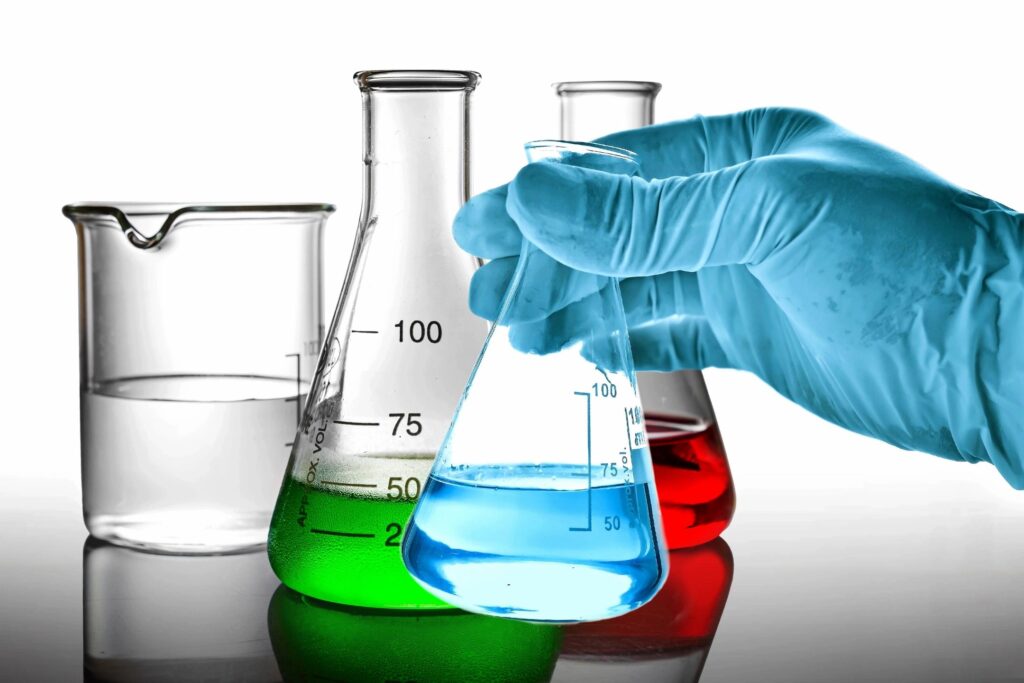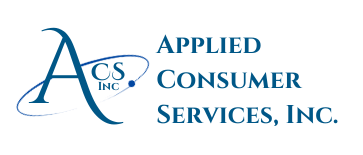Deformulation or Reverse Engineering of Consumer Products
Deformulation refers to a set of analytical procedures used to separate and identify individual components of a formulated chemical substance.
Deformulation process could be needed if:
- The consumer needs to confirm the correct constituents of the product formula
- The consumer wants to duplicate and improve the existing product
- The consumer created the novelty formula, but needs the quantitative break down, etc.
Once the product has been broken down, our lab can reformulate (recreate) the product or improve based on the required characteristics.
All deformulation work is conducted on a best effort basis and additional analytical work is often required to complete the project. Based on the final results of the deformulation, we can make a small quantity of a trial formula for the client to evaluate. These trial formulas are also made on a best effort basis but sometimes several formulas are required to develop all the desired properties.
All formulas provided to the client are the sole property of the client. We will send you our non-disclosure agreement (NDA) form before starting the project. Additionally, our laboratory can provide patent searches, feasibility determinations and patent application services.

The cost of deformulation depends on two major factors, number of ingredients and complexity of the formula. Deformulation fees can be as low as $1800.00 for very simple 3 component formulas and as high as $10.000.00 for very complex formulas. Perfumes, paints, foods, and herbs are especially difficult to deformulate and duplicate. See other sections of our website for additional information regarding formulation, reformulation, performance testing, stability testing, challenge testing, etc.
Cost of reformulation depends on the cost of the ingredients, but usually do not exceed $300-400 per formula,
Analytical Methods Used for Deformulation of Consumer Products
- Wet chemistry (titration, gravimetry, qualitative testing).
- Distillation including vacuum
- Rotary evaporator concentration under vacuum.
- Column chromatography (CC) including preparation
- Thin layer chromatography (TLC) including preparative
- Gas chromatography/flame ionization detection (GC/FID)
- Gas chromatography/photometric ionization detection (GC/PID
- Gas chromatography/mass spectroscopy (GC/MS)
- High performance liquid chromatography (HPLC)
- Liquid chromatography/mass spectroscopy (LC/MS)
- Gel permeation chromatography (GPC)
- Electrophoresis.
- Light microscopy.
- Ion chromatography (IC) for cat ions, anions, sugars.
- Fourier transform infrared spectroscopy (FTIR) with ATR
- Fourier transform raman spectroscopy
- Ultraviolet/visible spectroscopy (UV/VIS),
- Atomic absorption spectroscopy (AAS)
- Inductively coupled plasma (ICP)
- Scanning electron microscopy/energy dispersion spectroscopy (SEM/EDS)
- Energy Dispersive Spectroscopy (EDS)
- X-ray single crystal analysis/X-ray diffraction (XRD)
- X-ray fluorescence (XRF)
Company
About Us
![]() 11890 NW 87th Court, Unit # 8
11890 NW 87th Court, Unit # 8
Hialeah Gardens, FL 33018
![]() +1 (305) 821-1677
+1 (305) 821-1677
Office Hours: Mon-Fri 9:00 am to 5:00 pm
